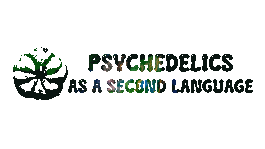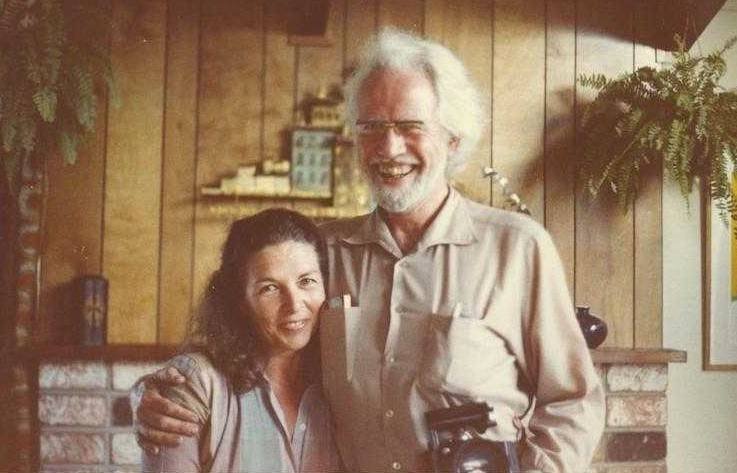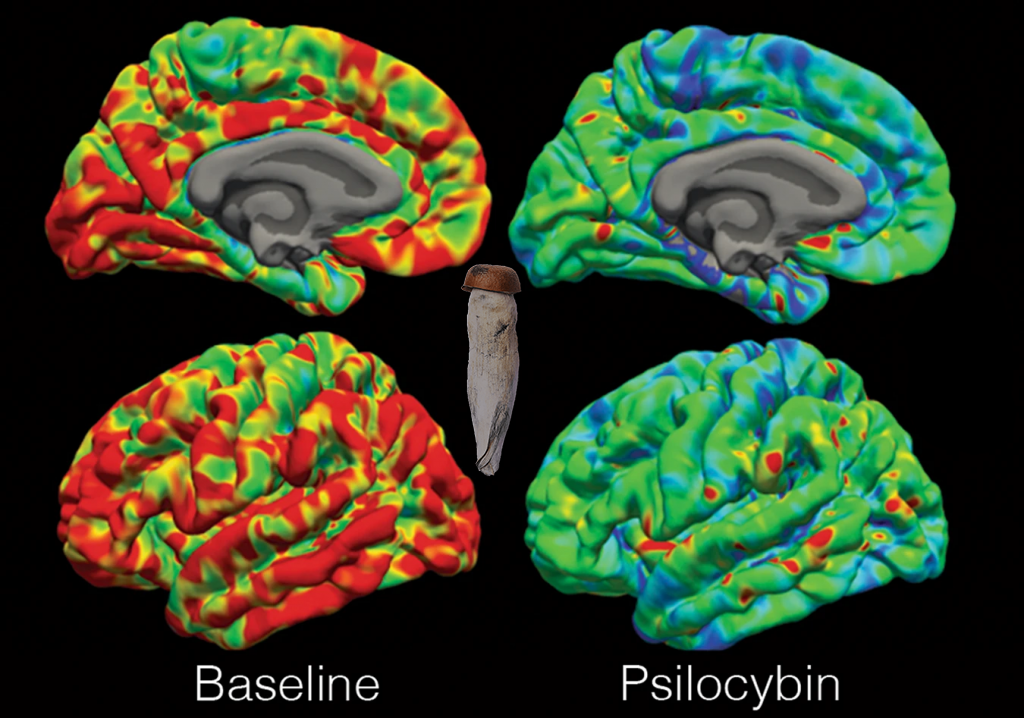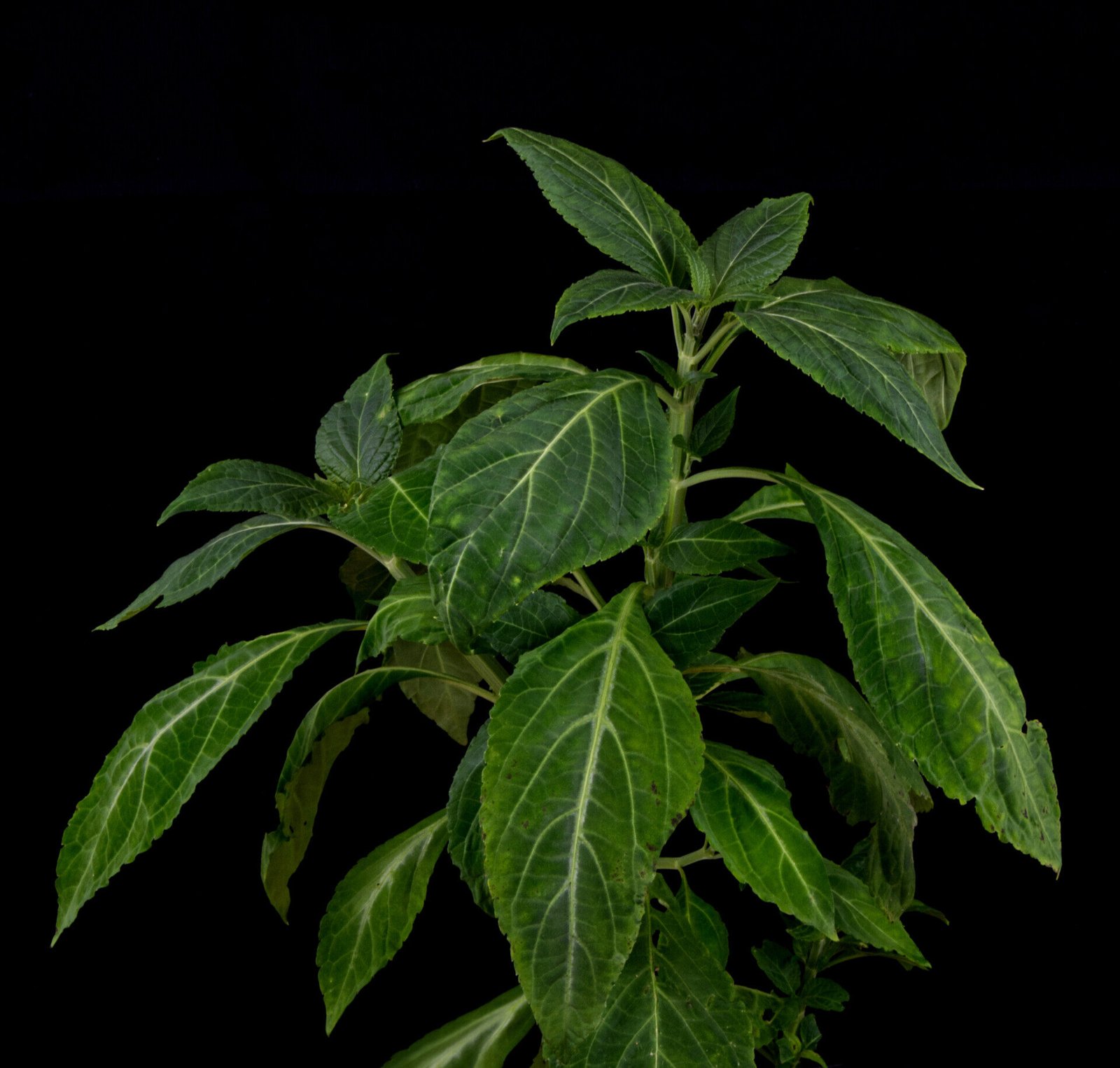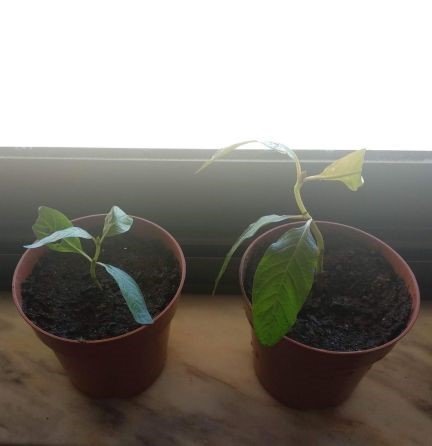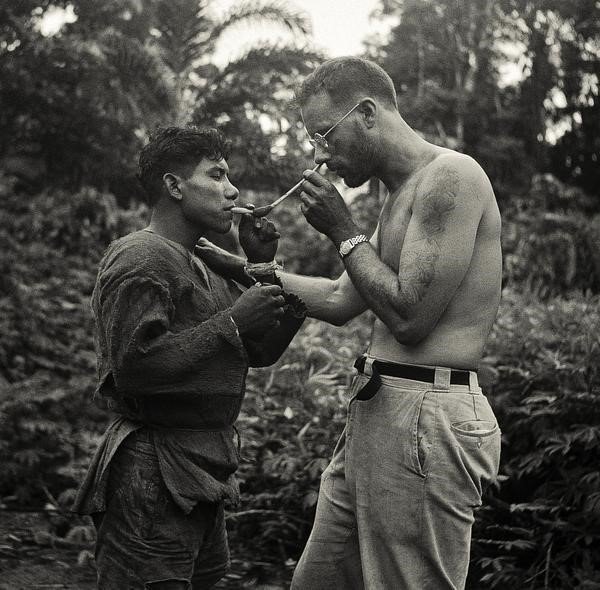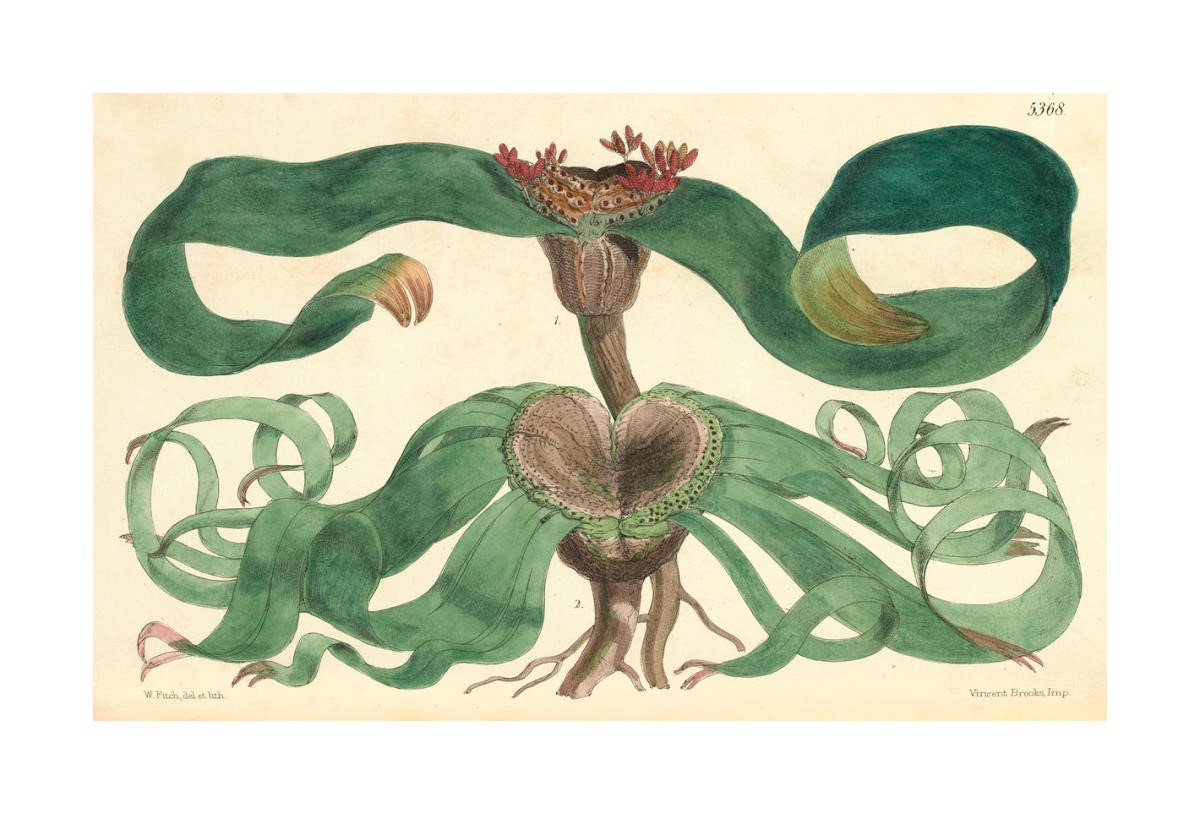Living and loving through chemistry
In the loving memory of the Shulgins the article Living and Loving through chemistry will teach you about Sasha's course to find 234 psychedelics alongside his wife Ann and learn how you can have a voice against DEA attempts to make substances illegal.
Read More
Nitrous oxide from an Anesthetic to a party drug
Nitrous Oxide or Dephlogisticated nitrous air named by its discoverer Joseph Priestley has always been a promising anesthetic and a possible treatment for depression until today, unfortunately, the gas has become a worry in the UK due to its misuse.
Read More
Radioactive highs
Radioactivity has been indulged as something inherently bad majorly after the explosions in the Chornobyl plants. Despite its dangers radioactivity has brought an evolution in the scientific realm as well as allowed the creation of DOI, DOB and 2C-I.
Read More
Psilocybin In the brain
Since the introduction of the Psilocybe genus to the western community, various genetic engineering experiences were made birthing various strains, among them the WillSolvem Peyote Strain. Recent revolutionary research conducted by the Usona Institute unveiled for the first time the true crystal structure of psilocybin opening doors for new psilocybin analogs, such as CYB003, believed to hold the potential to treat major depressive disorder (MDD) and alcohol disorder. This analog is designed to have less variability in the plasma levels, a faster onset of action, shorter duration, and potentially be more tolerable versus oral psilocybin. Along with the mycological and chemical discoveries, how the substance acts in the brain and its potential use for the treatment of clinical depression is also being explored together with the hypothesis of psilocybe altering the gut microbiome, thus creating a potential avenue for new pharmaceutical tools targeting the gut-brain axis.
Read More
The future of 5-MeO-DMT, a conversation with Phillipe Henry and Timothy Harvey
The scarcity of the Incilius Alvarius in the wild brought preoccupation regarding the future of the toads, consequently the future of 5-MeO-DMT. In a conversation with the founder of Egret Bio, Phillipe Henry, and the founder of Lighthouse Genomics Timothy Harvey we were able to understand more about their project Alvarius Research. A project focused on conserving, decoding and editing the genome of the species as well as granting us the biosynthetic reproduction of toad cells.
Read More
The Oppressed Shepherdess from Oaxaca
Natural from the Sierra Mazateca, Salvia Divinorum is well known amongst Shamans, however, not much is known about the variations within the species remaining a chemical mystery.
Read More
Morning Glory, the ancient LSA experience
Since the pre-Hispanic times, tribes such as the Zapotecs, Chinantecs, Mazatecs, and Mixtecs used Morning glory seeds (Ololiuqui), despite the hallucinatory and vasoconstriction effects, E.T Brady Jr from the Ross General Hospital believes the effects can be reversed using chlorpromazine in addition to psychiatric consultation to aid mental health building a bridge between ancient shamanism and modern psychopharmacology.
Read More
Euphoric ashes and Clinical Cocaine
Despite its popularity as a party drug cocaine has chewed and consumed an ash mixture going by the name of Mambe by various indigenous tribes in the Amazon rainforest and clinically in western societies for centuries, these practices remained until today reasoning why the compound remains a Schedule II drug.
Read More
Blue Lotus from the Book of the Death to Vape Shops and Pharmaceutical Shelves
A story of how the Blue Lotus influenced cultural-religious beliefs and took part in religious orgies in Egypt and its progression to our modern Pharmaceuticals.
Read More
KRATOM A TRADITION OR A CRISIS SAVIOR?
As the Pandemic progresses, the use of Opioids raised massively, with the increase of built-in stress, augmentation of cases of depression, anxiety, and ADHD, people often search for alternatives for their prescribed medication as they are afraid to get hooked into it. In 2020 Kratom took a major step towards its legalization, further information will be discussed by the Royal Thai Gazette, recent studies predict the binding to and Allosteric Modulation of the μ-Opioid Receptor by Kratom’s Alkaloids and users claim that Kratom could be an alternative for their prescription for their mental health.
Read More
Nicotiana, a duality of realities
A duality of realities from two different types of tobacco consumerism, the contrast between the use of the plant in Native American tribes where the plant is considered sacred and the use in Western Societies where the plant is known to be an addiction.
Read More
Samadhi wombs and DIY tanks
A repertoire of my experience with sensory deprivation tanks, firstly invented by John C.Lilly.
Read More
Colombian bird bone snuffing tubes and culinary psychedelics
Virola snuff has been a part of various tribes over the years for its shamanic use, despite the first belief that the active compound in the substance was myristicin, considerably an MMDA metabolite present in several culinary delicacies, the main psychoactive compound is proven to be 5-MeO-DMT.
Read More
Brugmansia the ornamental paradox of the Media
Brugmansia, another species slandered by the media, known for its use in Colombia as the Rape drug and yet the paradox praising it has a nausea medicine to aid surgery and its use as a truth serum in military operations.
Read More
Welwitschia genome, What does it bring to the future ?
Welwitschia mirabilis has recently been studied, presenting a curious genetic causing its "Immortality" presenting a general bettering towards cultivation and home cultivation of various species indicating a way to prevent the extinction of plants due to global warming.
Read More
